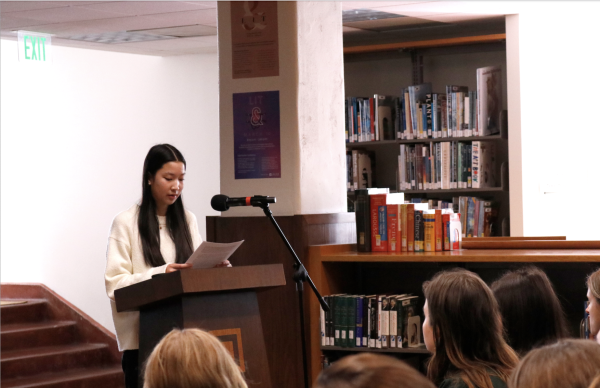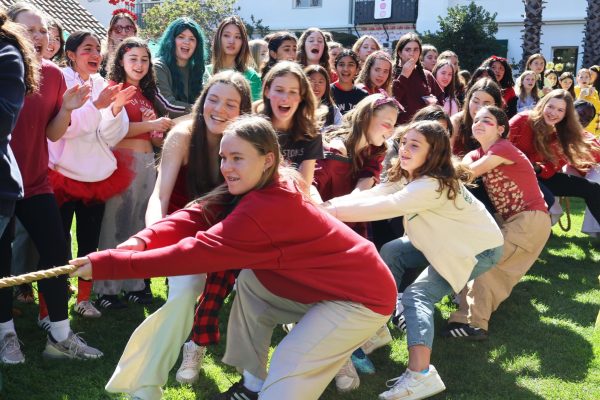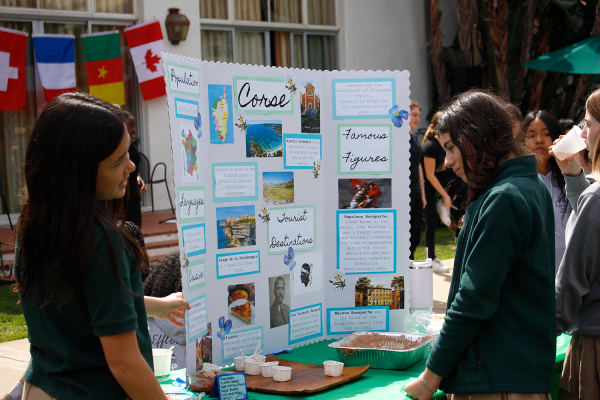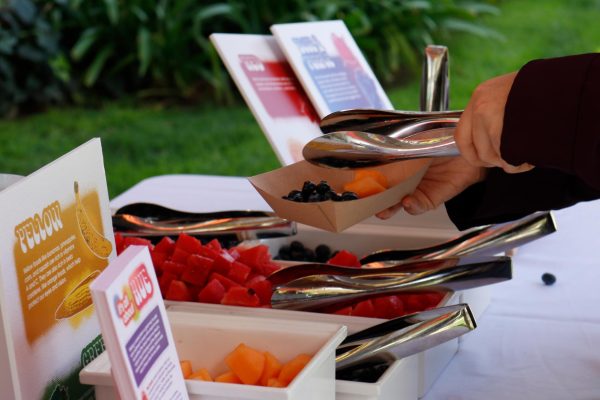Seniors protect ecosystems at the Ballona Wetlands during service day
Photo credit: Rose Sarner
Archer seniors pull out invasive species from the Ballona Wetlands Friday, Feb. 10. This activity was a part of the senior service day, which aims to promote community involvement and connection.
February 15, 2023
Senior service day is an established tradition for Archer seniors in lieu of participating in student-led conferences like the rest of the student body. The senior class traveled to the Ballona Wetlands Ecological Reserve in Playa del Ray Friday, Feb. 10, to volunteer from 1 – 3 p.m.
In past years, senior classes have volunteered at homeless shelters, picked up trash by the beach and even volunteered at this same ecological reserve. The Ballona Wetlands mission is to restore Los Angeles’s coastal reserves, to improve water quality and conserve and rehabilitate the city’s ecosystems.
Patrick Tyrel is the manager of habitat restoration and upper education for the Ballona Wetlands Ecological Reserve. Tyrel said the work Archer seniors engaged in is extremely important because these wetlands are the last coastal wetland ecosystem in Los Angeles.
“We’ve lost about 95% of these coastal wetlands in Southern California, about 90% in the state of California, so these are some of the most important, most productive and most biodiverse ecosystems on the planet,” Tyrel said. “So it’s really important to protect and restore that little bit that we do have left.”
Seniors arrived at the wetlands at 1 p.m. and were given an overview of the importance of their work. After acquiring gloves and bags, they began working. In groups of two to four, students walked into the wetlands and pulled out invasive species — plants that are not native to the reserve’s natural habitat — all in hopes of promoting the growth of native plants. Azel Alkadiri, Margaret Morris and Olivia Torrington worked together during Friday’s activity and acknowledged the opportunity they had been given.
“As a community, it’s important that we work together towards a common goal, especially in environments that we live in every single day,” Alkadiri said. “It gives so much to us. I think it’s important to give back even if it’s just one small activity. It’s such a beautiful moment to work together.”
The Balboa Wetlands Ecological Reserve offers volunteer opportunities yearround to schools, community centers and individuals. Their main focus is removing invasive species such as pampas grass, radishes and other plants in order to create a space for California’s native plants. Tyrel said that this process ensures that the native wildlife such as — birds, butterflies, lizards and mammals —have a home.
“They’re really going to thrive because there’s a deep relationship between our native plants, our native flora and our native animals,” Tyrel said. “They evolved alongside each other and, when you remove the invader, or when you remove the native plants, and you already replaced the native plants with invasive plant species, it really causes harm to the native system. It all really starts with the plants.”
Torrington echoed Alkadiri when she emphasized the importance of working together and said being able to volunteer with her class as a whole was extremely inspiring.
“I look around to my Archer sisters, and I see us all excelling,” Torrington said. “Everyone has smiles on their faces, and the love that everyone is fueled by is for protecting our space, which is so nice.”
Both seniors and senior mentors came to the wetlands to volunteer, which Morris said highlighted her appreciation for Archer’s service day as it allows her to engage with her classmates outside of the school setting. Tyrel said that he hopes students felt a connection to their environment and acknowledged the importance of their service.
“Hopefully, Archer students are leaving with a deeper appreciation of our natural spaces here in Los Angeles,” Tyrel said. “Also, [we hope they’re] starting to understand the restoration process, why we’re doing this work and why it’s so important to remove our invasive species and restore healthy habitat for our native wildlife.”





![Freshman Milan Earl and sophomore Lucy Kaplan sit with their grandparents at Archer’s annual Grandparents and Special Friends Day Friday, March 15. The event took place over three 75-minute sessions. “[I hope my grandparents] gain an understanding about what I do, Kaplan said, because I know they ask a lot of questions and can sort of see what I do in school and what the experience is like to be here.](https://archeroracle.org/wp-content/uploads/2024/03/grandparents-day-option-2-1200x800.jpg)



















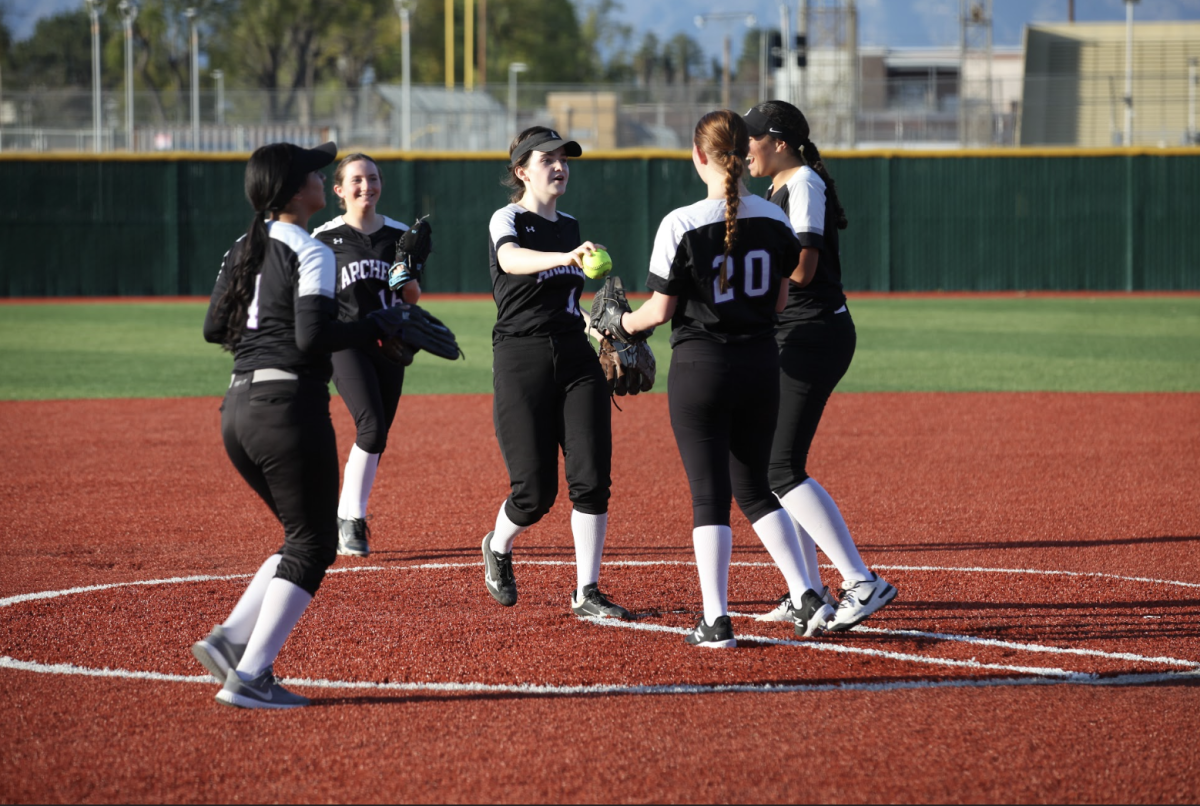
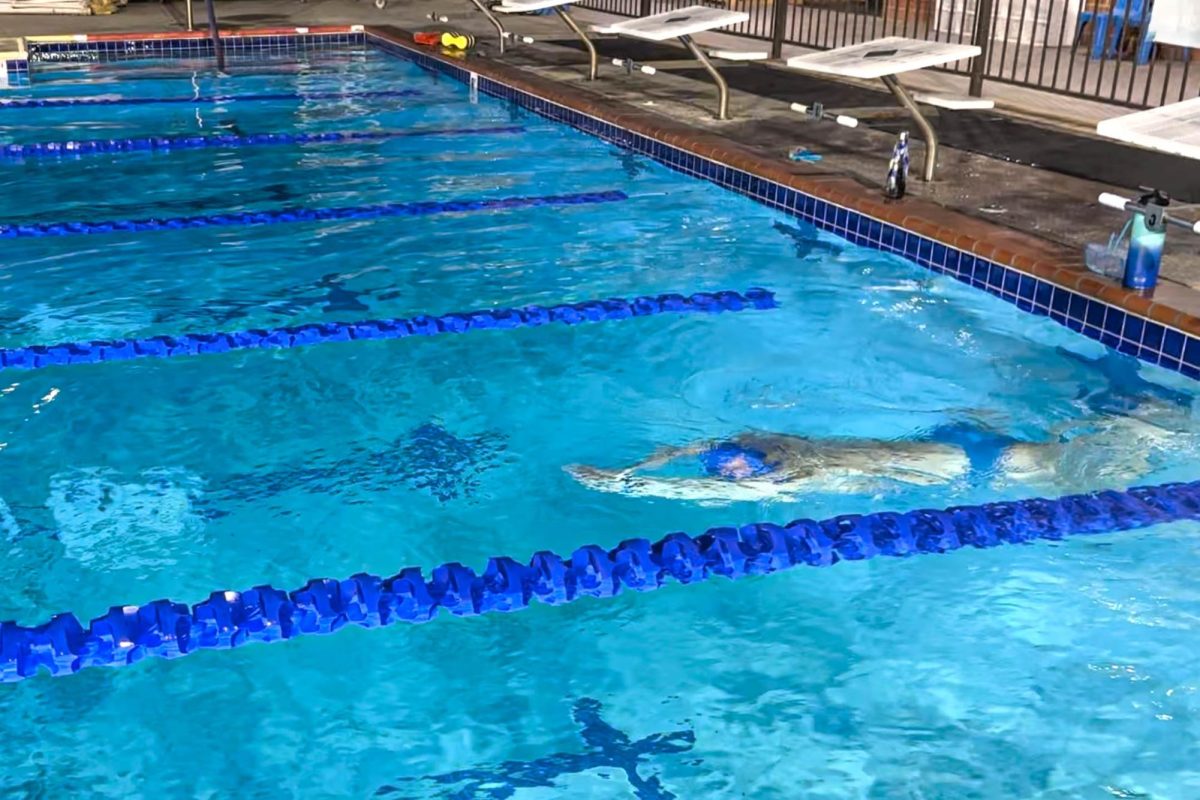
























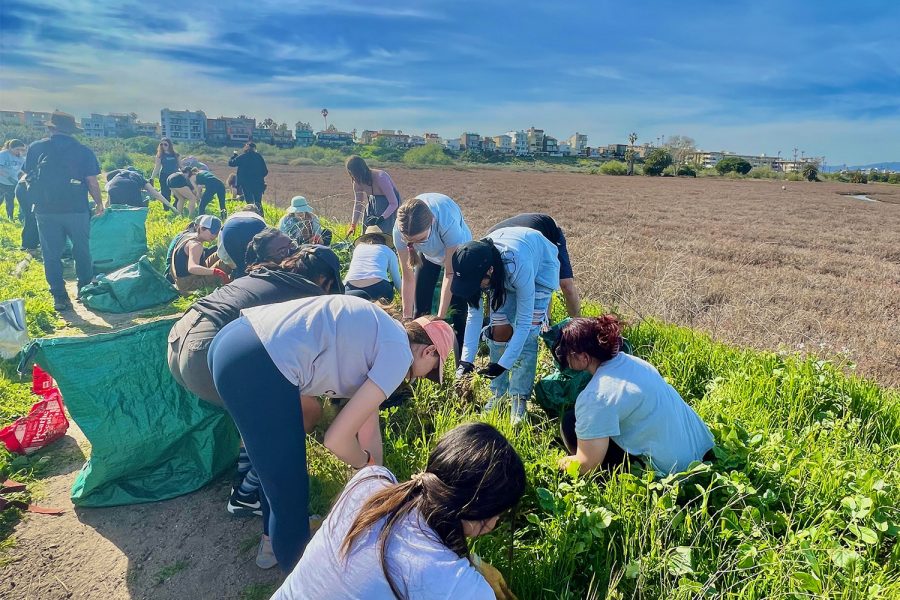









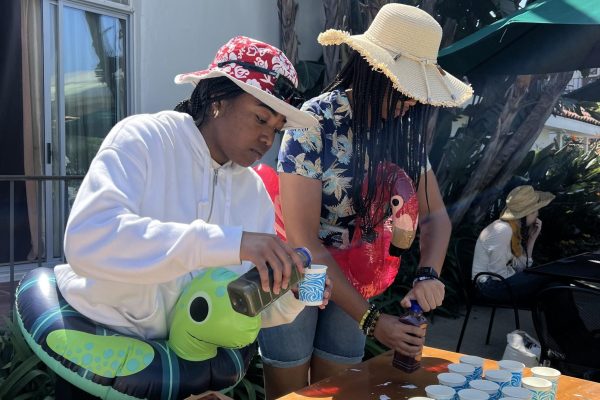
![Freshman Milan Earl and sophomore Lucy Kaplan sit with their grandparents at Archer’s annual Grandparents and Special Friends Day Friday, March 15. The event took place over three 75-minute sessions. “[I hope my grandparents] gain an understanding about what I do, Kaplan said, because I know they ask a lot of questions and can sort of see what I do in school and what the experience is like to be here.](https://archeroracle.org/wp-content/uploads/2024/03/grandparents-day-option-2-600x400.jpg)
